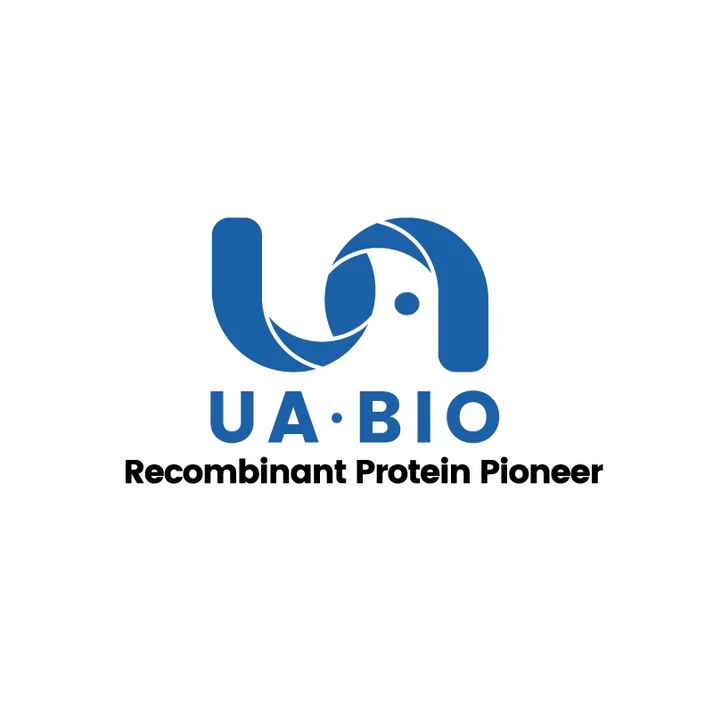1μg (R: reducing condition, N: non-reducing condition).
Product Details
Product Details
Product Specification
| Species | Human |
| Synonyms | Endothelin-1 receptor; EDNRA; Endothelin receptor type A; ETA, ETRA; ET-A; ETA-R; hET-AR |
| Accession | P25101 |
| Amino Acid Sequence | Asp21-Lys80 with Human IgG1 Fc and His Tag at C-Terminus |
| Expression System | HEK293 |
| Molecular Weight | 43-70kDa (Reducing) |
| Purity | >95% by SDS-PAGE |
| Endotoxin | <0.1EU/μg |
| Conjugation | Unconjugated |
| Tag | His Tag, Human IgG1 Fc |
| Physical Appearance | Lyophilized Powder |
| Storage Buffer | PBS, PH7.4, 5% trehalose |
| Reconstitution | Reconstitute at 0.1-1 mg/ml according to the size in ultrapure water after rapid centrifugation. |
| Stability & Storage | · 12 months from date of receipt, lyophilized powder stored at -20 to -80℃. |
| Reference | 1.Yanagisawa M, et al. A novel potent vasoconstrictor peptide produced by vascular endothelial cells. Nature. 1988;332(6163):411–415. |
Background
Endothelin (ET/EDN) receptors are members of the class A GPCR family and exist in two isoforms: type A (ETAR/EDNRA) and type B (ETBR/EDNRB). These receptors exhibit different affinities for three ligands—ET1, ET2, and ET3. ETAR demonstrates a significantly higher affinity for ET1 and ET2 compared to ET3, while ETBR binds all three ligands nonselectively. The binding affinity rank order for the ET-A receptor is: ET1 > ET2 >> ET3.
ETAR mediates its action by associating with G proteins, which activate a phosphatidylinositol-calcium second messenger system. Both angiotensin II receptor type 1 (AT1R) and endothelin-1 receptor type A (ETAR) are G-protein-coupled receptors (GPCRs) found on the surface of various cell types, including immune cells, vascular smooth muscle cells, endothelial cells, and fibroblasts. These receptors are activated by endothelin 1 (ET1) and angiotensin II (AngII), respectively.
Picture
Picture
SDS-PAGE


